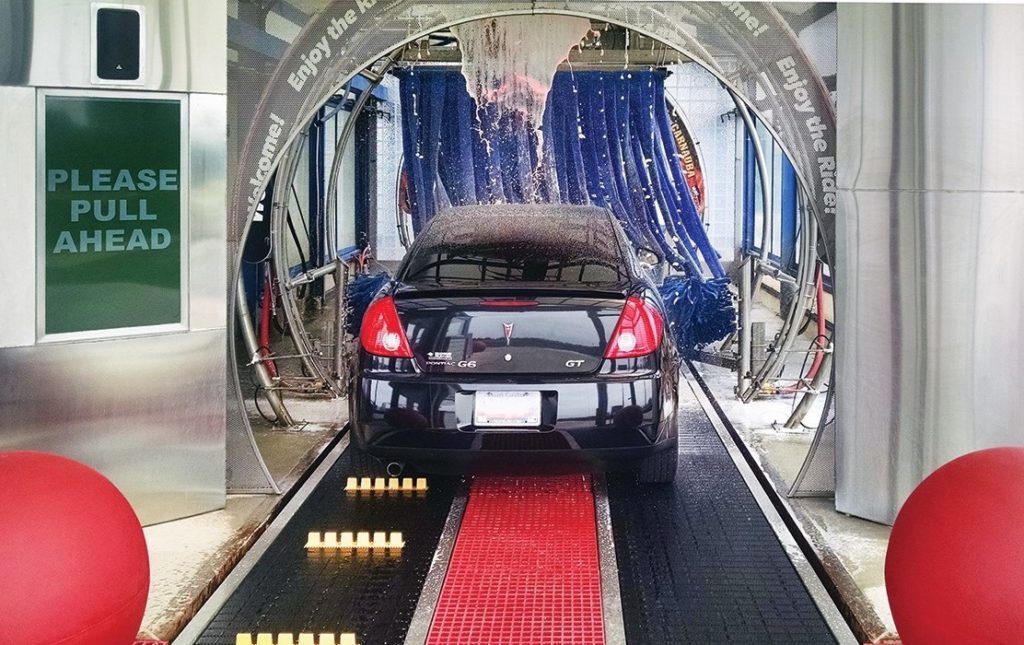In a touchless carwash, the cleaning chemicals used are typically stronger in their formulation than those used in a traditional carwash. But herein also lies a possible issue – the chemicals can do more harm than good! Customers should then ask the staff at, say, the Car Spa about the safety and effectiveness of the cleaning chemicals used on their vehicles.
Let’s also take a look at the types of cleaning chemicals typically used in a touchless carwash, as well as the factors that affect their use.
Types of Cleaning Chemicals
To the untrained eye, there isn’t a significant difference in the buildup of dirt, dust and debris on their vehicles’ surface. But there are differences, indeed, which necessitate the use of different cleaners with specific actions.
The soils that build up on the surface of vehicles can be divided into two types, namely:
- Water-loving soils include salts, dust and pollens
- Oily soils include road oil, tar, and tree sap
Carwashes used three types of cleaners on these soils.
- Reactive type cleaners are used to remove the widest range of soils. These include both alkaline and acidic cleaners as well as cleaners with low and high pH.
- Bonders, also known as phosphates, change the positively-charged soil to negatively-charged soil. This makes it easier to pull the soil off the vehicle’s surface, especially with the flowing water.
- Associators, which include solvents, terpenes, and surfactants, which work best on removing heavy, oily soils.
The staff at the touchless carwash chooses between these three types of cleaners depending on the type of soil buildup on your car. You should then be patient when the staff makes their initial car inspection – one or two of these cleaners will be used afterwards.
Factors Affecting Cleaner Choice
Aside from the type of soil that has accumulated on the vehicle’s surface, other factors are also considered in choosing the cleaner. You may also be asked questions by the staff about when and where your vehicle was used to determine the best type of cleaner for it.
The staff will then change the settings on the touchless carwash to account for the type of soil. The settings may include the type of cleaner used and the temperature at which it will be applied on the vehicle.
For example, the temperature can be set at 120 degrees during times when the dust, pollen and bugs are heavy. But the heat can be turned down when solvents and surfactants are used since these chemicals don’t require heat to clean surfaces.
